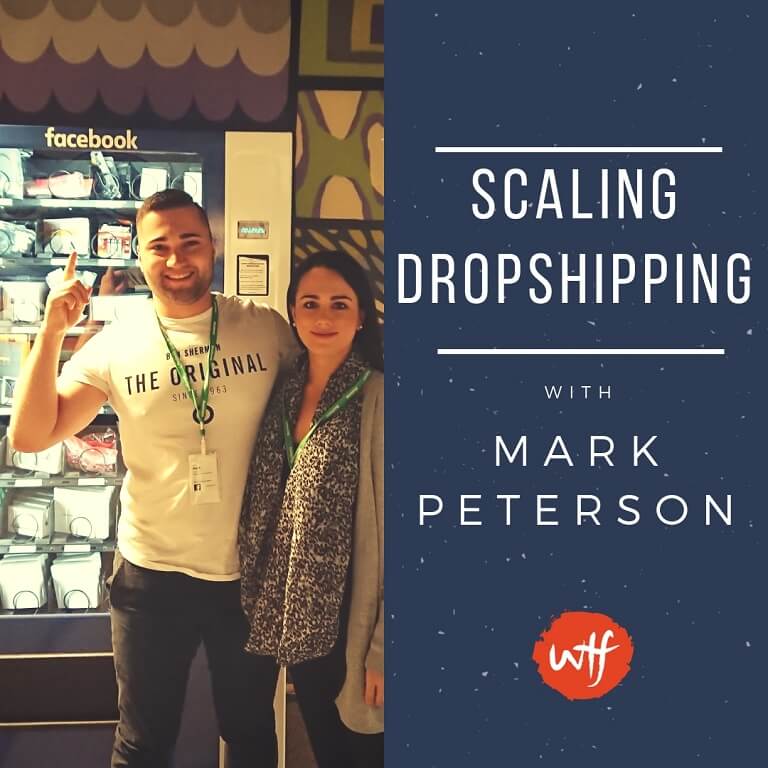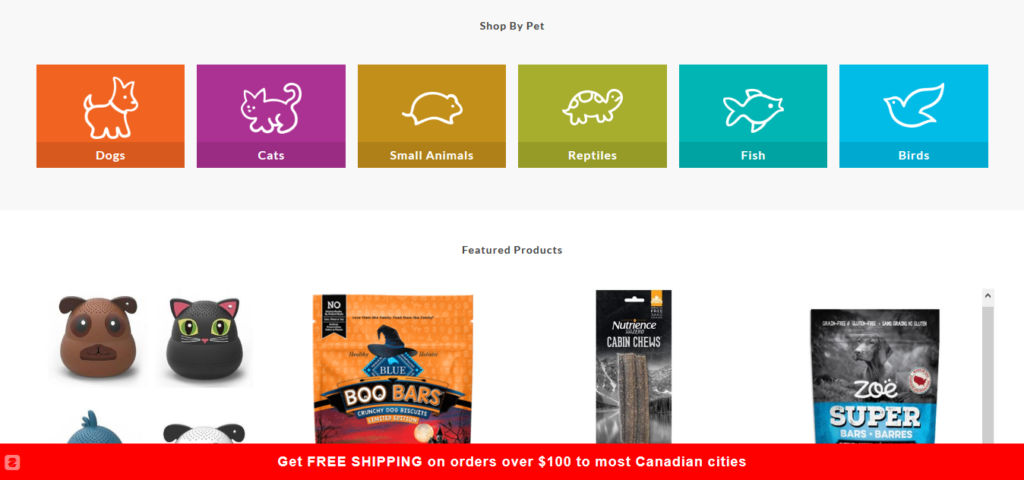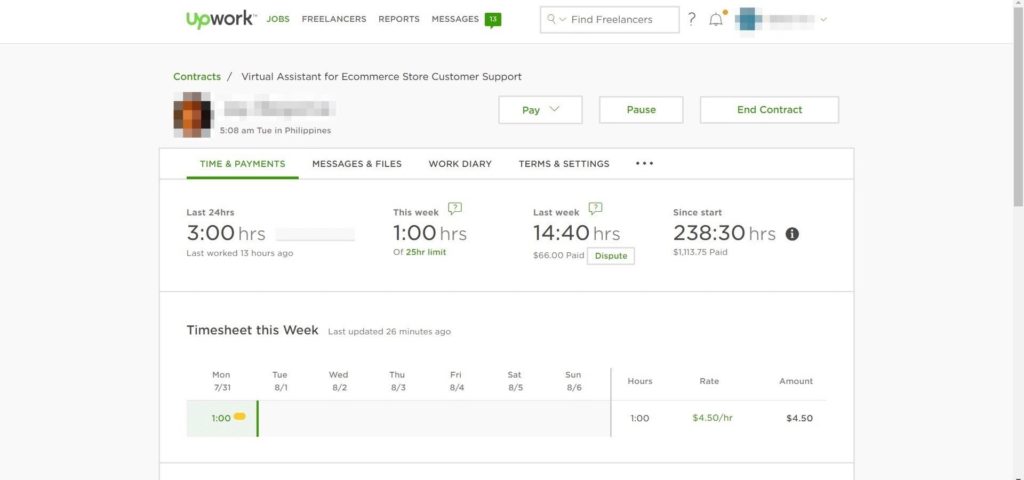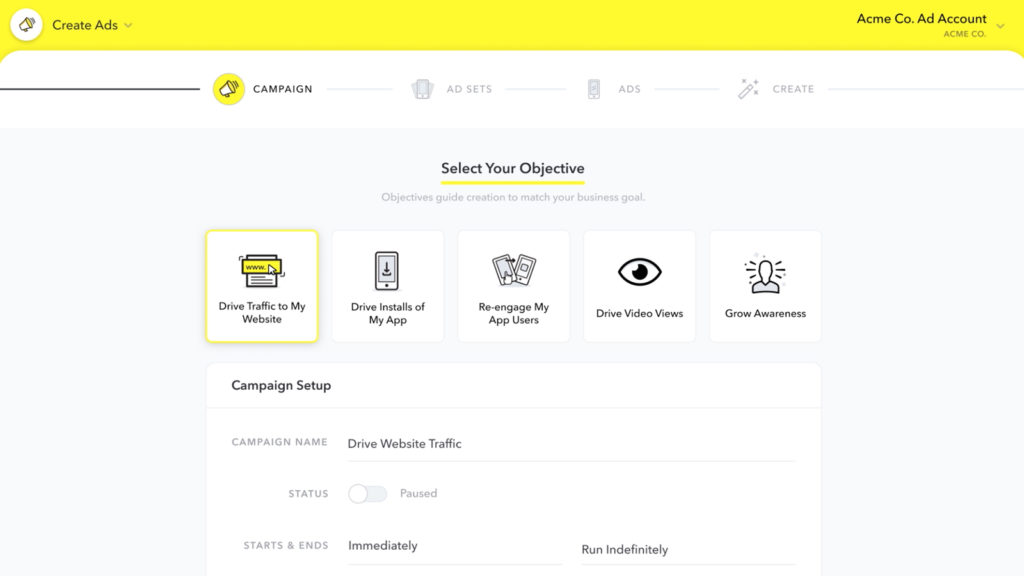Scale a Drop Shipping Store with Ecom Blueprint’s Mark Peterson
- Sep-27-2018
- Harris Sid
- 0 comments
It’s no secret that there is massive competition in the drop shipping industry today. A massive number of marketers are trying to break into the e-commerce game and build niche/general stores that can turn a quick profit. Unfortunately, most of these ventures fail due to poor preparation, research or just plain giving up without hard work.
I came across Mark Peterson’s posts in his Facebook group “Ecom Blueprint” giving out advice and marketing strategies for people struggling in such positions. Mark himself has built a successful e-commerce business and after his initial struggle, worked his way up to Facebook’s High-Value team; becoming one of the top Facebook advertisers in Australia with several million in sales.
I had the pleasure of talking to him about some common drop shipping problems. Here’s our chat in full:

Harris: For our readers, tell us a bit about yourself and how you got started in the e-commerce industry.
Mark: Well long story short, I originally wanted to get into property investing. The thing is with property investing, you need money. So I was looking into Forex trading and a bunch of other things until I stumbled upon E-commerce and in particular, dropshipping.
by the end of my first year I ended up doing well over $1 million in sales.
I started a store that wasn’t really going anywhere, until I got myself a mentor who really helped me get things started. Next thing I know I was assigned a Facebook rep, got bumped up to the Facebook High-Value team (which puts me in the top 1% of Facebook advertisers in Australia & New Zealand) and by the end of my first year I ended up doing well over $1 million in sales.
Harris: What’s your approach to finding a niche with sales potential? What do you see people usually getting wrong with this step?
Mark: When it comes to choosing a niche, you need to make sure it’s not too ‘niched down’, and that it’s actually scalable. One example would be, dog leads. Now you’re only going to find a small amount of people that will ever need to buy something like a dog lead and this can be very difficult to find customers for, let alone scale to big numbers.
Sell products that people have been buying for years and will continue to buy well into the future
But if you actually expanded that and instead made a ‘Pet Superstore’ that sold everything from dog toys, beds, collars, leads, cat stuff, fish/aquarium stuff, reptile stuff etc. etc. this gives you a lot more choice and gives you a lot more potential to scale. So don’t narrow yourself down too much.

Another thing I would recommend is to choose an evergreen niche. Sell products that people have been buying for years and will continue to buy well into the future. This will assist you in building a consistent and sustainable brand that will last, rather than a short spot fire (such as fidget spinners).
Harris: What specific methods and KPIs do you use for testing products? How can a newbie know whether their numbers are good benchmarks?
Mark: The easiest way to put it for a beginner, is look at money in – money out. Two of the most important metrics I monitor are your cost per purchase (CPP) and your return on ad spend (ROAS). As long as you’re making more than you’re spending, then you have a profitable business.
Harris: How does a lone store owner go about setting up customer support? Any recommended checklist and do’s/don’ts?
Mark: If you’re starting out and can’t afford a virtual assistant (VA), do it yourself until you can. If you have to sleep less, so be it. That’s what being an entrepreneur is about, the early hustle!
Once you have a bit of cash flow, invest in a VA. Make sure you spend a few training sessions with them over Skype until they meet your standards before you send them out on their own. Provide them with templates that cover off all your frequently asked questions (FAQ) and some common scenarios, to assist them as they learn.

I would recommend monitoring them and critiquing them until you are confident enough to have them work alone, as customer service is very important. Especially when it comes to response times, this will save you a lot on refunds and chargebacks in the long run!
I see too many people trying to wing it and they end up losing a lot of money, essentially ‘gambling’.
Harris: What are your recommendations for dropshippers when running their very first Facebook ad campaigns?
Mark: If you don’t know what you’re doing, invest in a mentor or a course. I see too many people trying to wing it and they end up losing a lot of money, essentially ‘gambling’.
There is a million tips I can give you here, but I cannot stress enough how important education is.
Harris: What’s your best hack for increasing/optimising customer LTV?
Mark: Provide a good experience, don’t sell shitty products. Chances are, if you would not be happy with the quality of a product you sell, your customers won’t be either. If they aren’t happy with the product, service or the experience, they won’t shop with you again. It’s as simple as that.
So try and improve the little things when you can, whether it be shipping times, packaging, order updates, customer service response times etc.
Provide a better experience on the backend, mix in some email marketing and you’ll have people come back, again and again.
Too many people get tunnel vision with their ads, when most of the time their websites aren’t even optimised for conversion.
Harris: Most of the store owners in our drop shipping community complain about getting traffic from relevant ads targeted towards interests but with zero sales. How does one go about solving such a problem?
Mark: 90% of the time it’s their stores. Too many people get tunnel vision with their ads, when most of the time their websites aren’t even optimised for conversion.
The analogy I like to use is, before you invite visitors over to your home, you clean it right? You wouldn’t invite friends over to your house looking like a pigsty (I hope not anyway haha). It’s exactly the same with your website, clean the house first, then invite the visitors over.
You could have the best ad in the world, but if they click on it, get taken to your website and they can’t navigate around it properly, nothing makes sense or they don’t trust you, they won’t buy from you.
Harris: What’s the most common mistake you keep seeing people make with their Facebook ad campaigns?
Mark: I’d probably say the most common one would be, beginners targeting audiences that are far to large from the get go. You need to give your ad account a chance to learn and optimise with the assistance of your pixel. Think of it as moving from a puddle, to a pond, to a lake into the ocean.
If you look at all the biggest stores in the world, none of them are only relying on just ‘Facebook’.
Harris: Is there a best practice for Facebook ads when it comes to getting consistency in conversions or scaling? Usually people experiment with budget increases or replicating ad sets from successful campaigns but no one seems to have figured it out yet.
Mark: Facebook is ever evolving. What might work today may not work tomorrow.
Facebook is like a rollercoaster, it’s never consistent. However this does not mean you can’t have a consistent drop shipping store. That’s where diversity comes into play.

Consistency comes with diversification. Use other platforms such as Instagram, Google, Snapchat, Youtube, Email marketing etc, simultaneously.
If you look at all the biggest stores in the world, none of them are only relying on just ‘Facebook’. Because what if something were to happen to Facebook tomorrow?
It sounds like it might never happen now, but let’s not forget Myspace.
When Facebook is having a bad day, that’s where Google and Email marketing might be there to save the day. You have access to all this traffic from all these amazing platforms, use them!
Harris: Lastly, any advice for struggling entrepreneurs out there?
Mark: Don’t give up. I’ve had students going from the point of throwing in the towel, to doing over $100,000 in sales just 2 months later.
You will make mistakes, you will fail, you will lose money. Just take it on the chin, learn from it and keep moving forward.
Harris: Thanks for your time, Mark!
You can check out Mark’s group at Mark Peterson: Ecom Blueprint.
